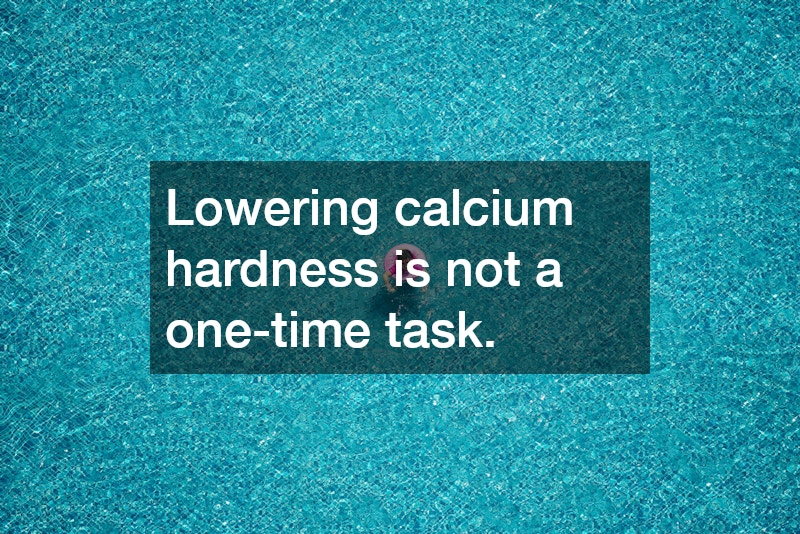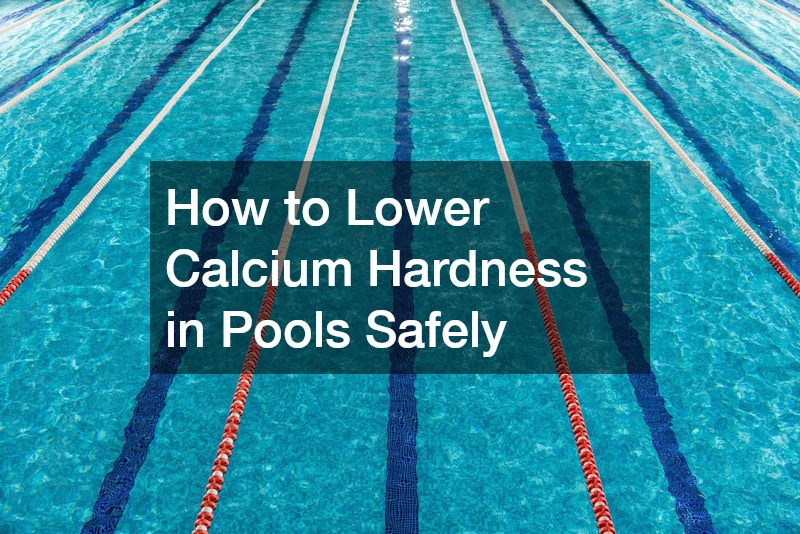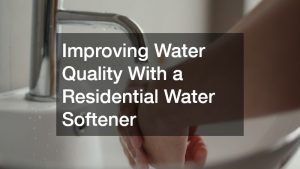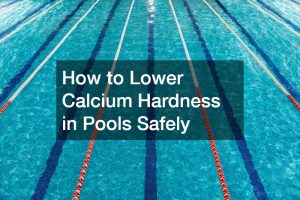Maintaining proper water chemistry in your pool is essential for a safe, enjoyable, and long-lasting swimming environment. One of the most critical elements to monitor is calcium hardness, which refers to the level of dissolved calcium in pool water. If calcium levels become too high, the water can become cloudy, scaling can form on surfaces, and pool equipment may suffer damage. Learning how to lower calcium hardness in pool water safely is key to preventing these issues while keeping the pool comfortable for swimmers. In this article, we explore practical and safe strategies for managing calcium levels effectively.
Understanding Calcium Hardness in Pools
Calcium hardness measures the amount of dissolved calcium in pool water. It is an essential factor because it affects the stability and health of the water. Low calcium hardness can lead to corrosion of pool surfaces and equipment, while high calcium hardness can cause scaling, cloudy water, and reduced effectiveness of chemicals. Therefore, maintaining balanced calcium levels is critical to both water quality and the longevity of pool materials.
Pool owners often overlook calcium hardness because it is not as immediately noticeable as pH or chlorine levels. However, consistently testing for calcium hardness and understanding how to adjust it can prevent long-term problems and save money on repairs or resurfacing. Knowledge of water chemistry, proper testing methods, and appropriate adjustment techniques are necessary to maintain a safe and enjoyable swimming environment.
Causes of High Calcium Hardness
High calcium hardness usually results from water sources that naturally contain high calcium levels, such as well water or hard municipal water. Adding certain pool chemicals or using some types of pool fill water can also increase calcium content over time. Environmental factors, such as high evaporation rates followed by frequent refilling, can further concentrate calcium in the pool.
Recognizing the causes of elevated calcium hardness is the first step in controlling it. By understanding where the calcium comes from, pool owners can take preventative measures and implement safe strategies for lowering calcium levels. This proactive approach ensures that your pool water remains balanced and reduces the risk of scaling and damage to equipment or surfaces.
Testing Calcium Hardness
Before taking steps to lower calcium hardness in a pool, it is essential to accurately measure the current levels. Pool test kits, available in stores or online, provide reliable readings of calcium content. Regular testing—ideally every few weeks during the swimming season—helps track fluctuations and informs decisions about necessary adjustments.
When testing, it is important to follow the instructions carefully and take water samples from multiple locations in the pool. This ensures a more accurate representation of overall calcium levels. Keeping a log of readings over time allows pool owners to identify trends and plan corrective actions before high calcium levels lead to problems such as cloudy water or scaling on pool surfaces.
Safe Methods to Lower Calcium Hardness
There are several safe methods to lower calcium hardness in pools. One of the most common approaches is partial water replacement. By draining a portion of the pool water and refilling with water that has lower calcium levels, the overall hardness can be gradually reduced. This method is effective, relatively simple, and allows pool owners to maintain control over water chemistry.
Another option is the use of chemical sequestrants or calcium reducers designed specifically for pools. These products bind excess calcium, preventing it from forming scale on surfaces and equipment. It is crucial to follow the manufacturer’s instructions carefully to ensure safe and effective use. Overuse of chemicals can upset the balance of other important water parameters, so moderation and testing are key.
Adjusting pH and total alkalinity may also support the reduction of calcium hardness. Proper balance of these factors helps prevent scaling and ensures that calcium remains in solution rather than precipitating out. Regular monitoring of all water chemistry parameters, rather than focusing solely on calcium hardness, contributes to a safer and more stable pool environment.
Monitoring and Maintenance
Lowering calcium hardness is not a one-time task. Continuous monitoring and maintenance are essential to keeping levels within the recommended range. Regular water testing, proper chemical management, and timely partial water replacements help prevent calcium from building up again.
In addition, paying attention to pool equipment and surfaces can indicate when calcium hardness is becoming a problem. White deposits, rough surfaces, or cloudy water are signs that adjustments may be needed. Addressing these issues early ensures that the pool remains safe and enjoyable while protecting equipment and reducing long-term maintenance costs.
Managing calcium hardness is a crucial aspect of pool maintenance, and knowing how to lower calcium hardness in pool water safely is essential for every pool owner. High calcium levels can lead to scaling, cloudy water, and damage to surfaces and equipment, making proactive management critical. By testing water regularly, understanding the causes of elevated calcium, and using safe adjustment methods like partial water replacement, chemical sequestrants, and careful pH management, pool owners can maintain balanced, healthy water. Ongoing monitoring and attention to detail ensure a safe swimming environment and protect your investment in your pool for years to come.












